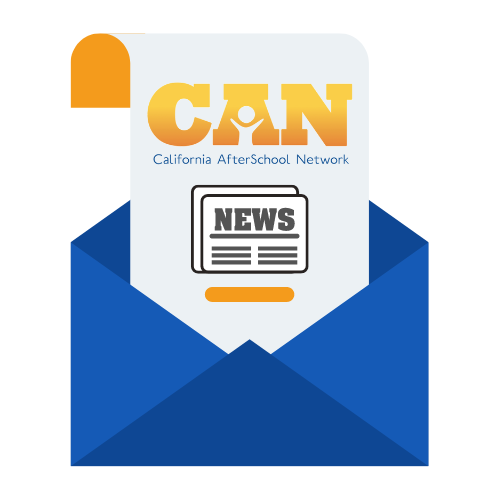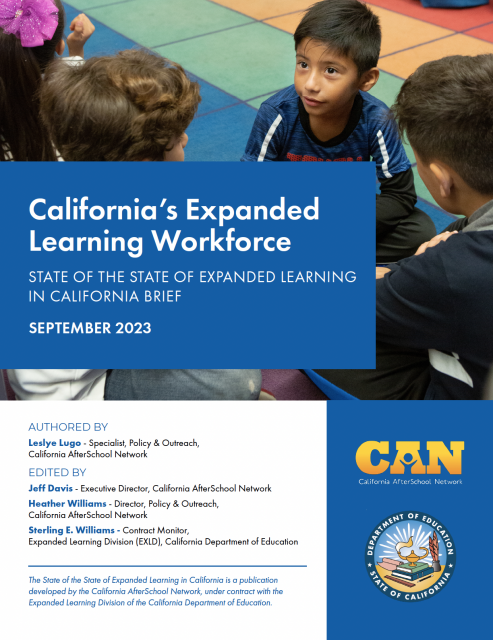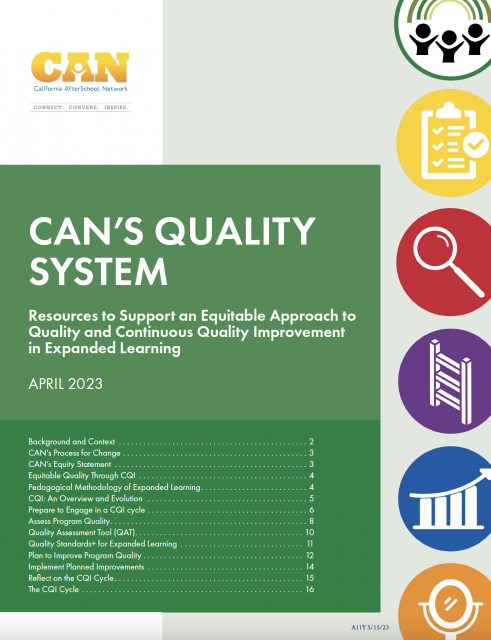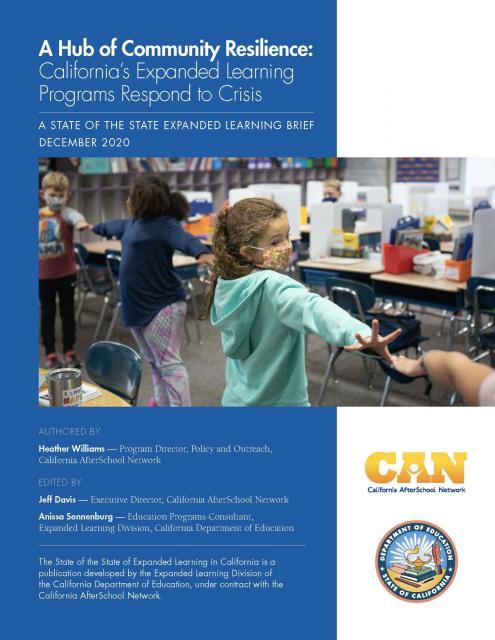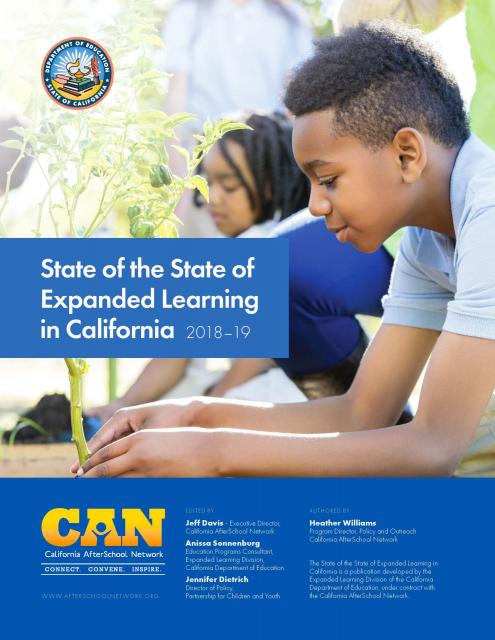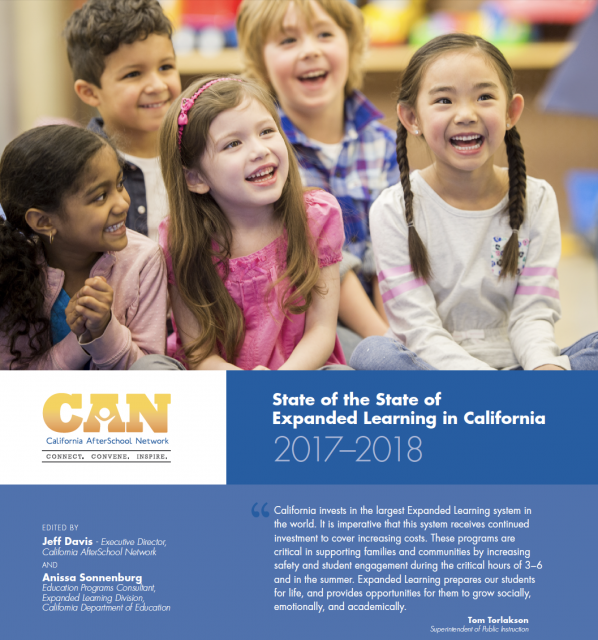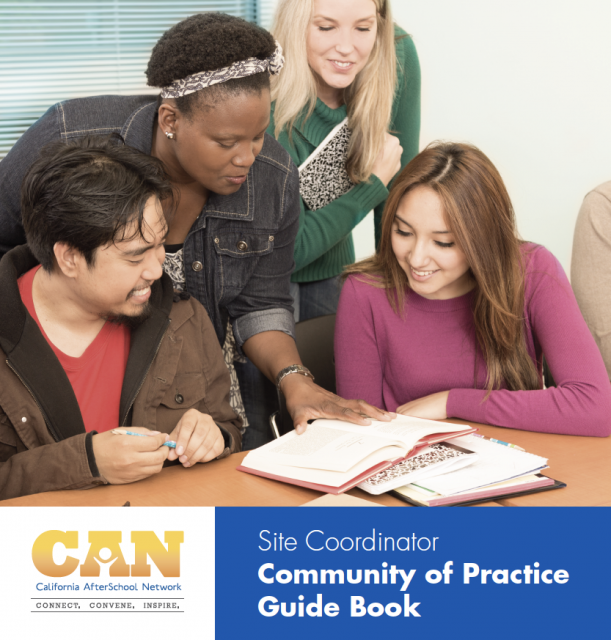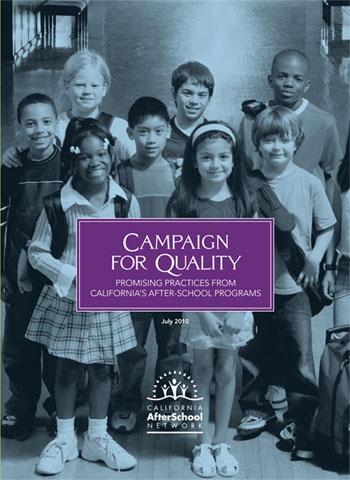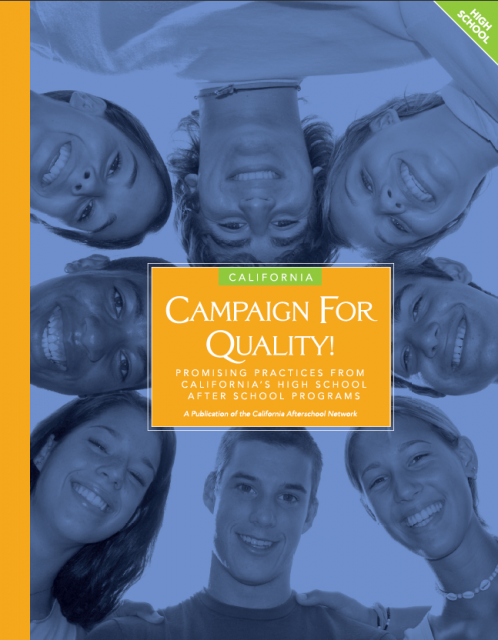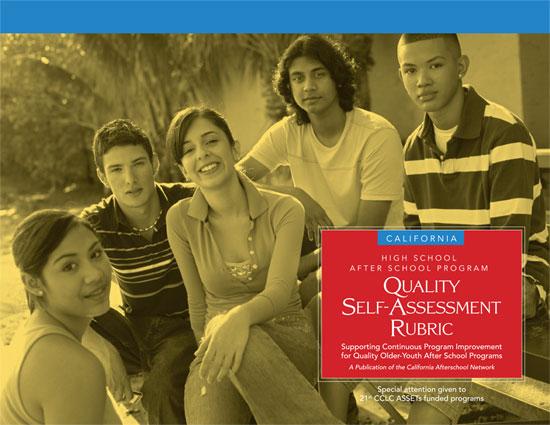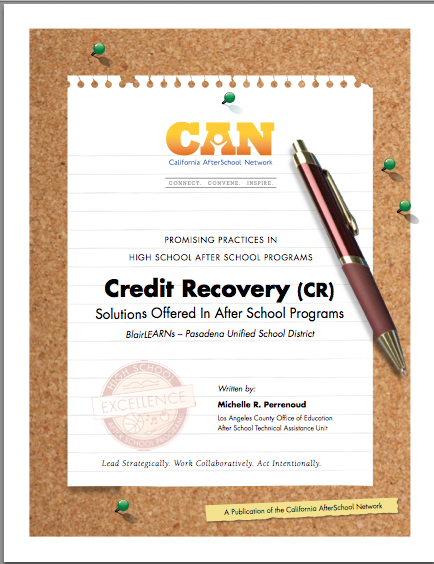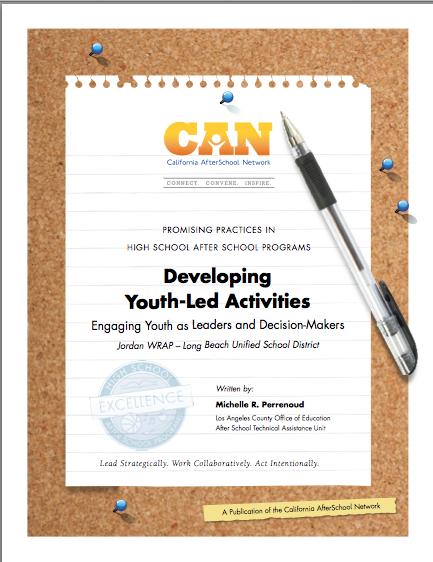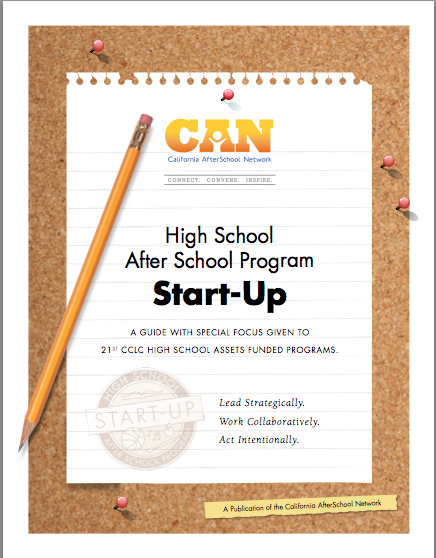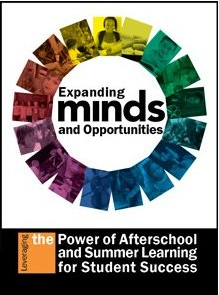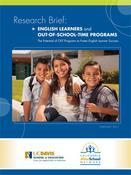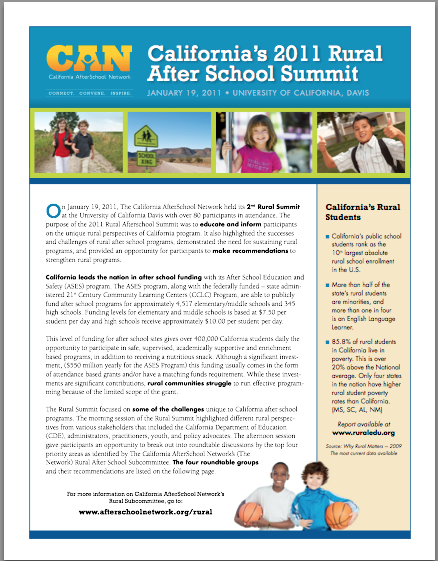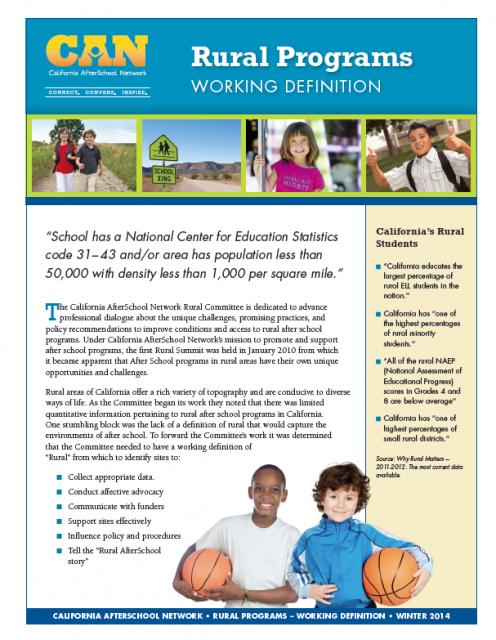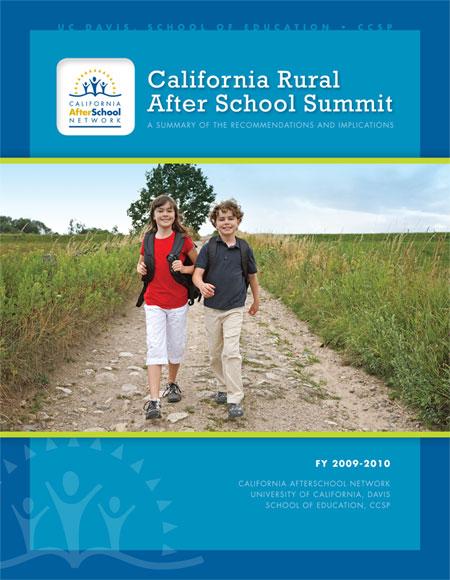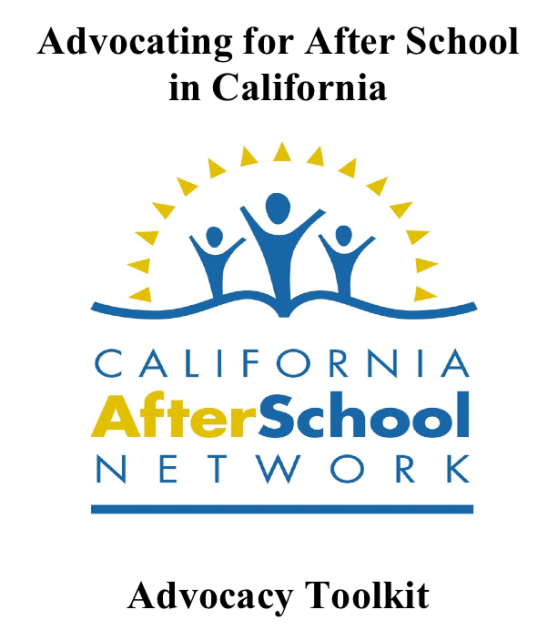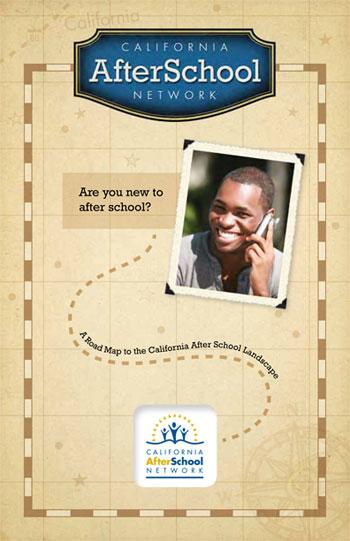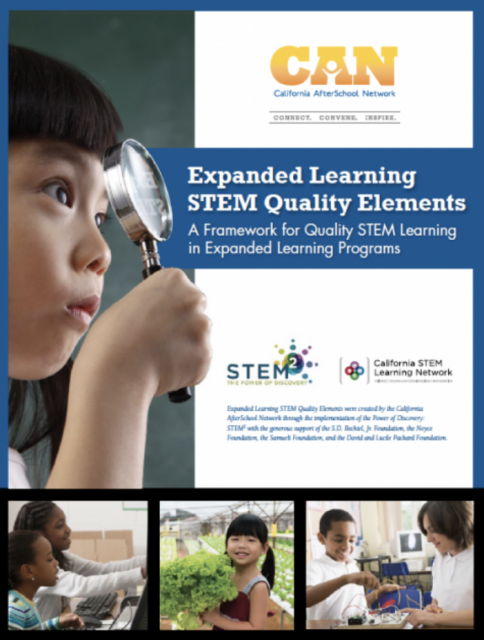Publications
California’s Expanded Learning Workforce
A State of the State Brief: September 2023
California’s Expanded Learning workforce provides critical opportunities to children and youth grounded in Positive Youth Development and the Science of Learning and Development, supporting their social, emotional, and physical development and well-being.
This State of the State Brief provides a high-level overview of the Expanded Learning workforce in California, the barriers that the field has historically faced, as well as the possibilities to create a thriving workforce.
CAN’s Quality System
Resources to Support an Equitable Approach to Quality and Continuous Quality Improvement in Expanded Learning
This document provides an overview of resources and strategies to support a comprehensive and equitable approach to Quality and Continuous Quality Improvement (CQI) for Expanded Learning and other Out-of-School Time (OST) programs. It provides an overview and description of how to use CAN’s Quality System consisting of three resources to support the CQI process.
These resources include:
A Hub of Community Resilience: California’s Expanded Learning Programs Respond to Crisis
A State of the State Brief: December 2020
This State of the State Brief provides a high-level overview of the public investment in the Expanded Learning Infrastructure in California and how that system has been leveraged to respond to crises in the state, in particular the COVID-19 pandemic. Expanded Learning programs are a critical partner to help California respond to crises and ultimately build back stronger. Pandemic or not, Expanded Learning programs need equitable and sustainable funding to ensure the economic success of young people and their futures, as well as the progress of California. An investment in Expanded Learning is an investment in our youth, our families, and our communities.
The State of the State of Expanded Learning in California 2018-19
The State of the State of Expanded Learning in California 2018-19 provides an overview of the public investment in expanded learning opportunities in California. This year’s report outlines that Expanded Learning programs provide after school and summer learning opportunities to over 980,000 of California’s students with the greatest needs through nearly 4,500 expanded learning programs.
The State of the State of Expanded Learning in California 2017-18
The State of the State of Expanded Learning in California 2017-2018 provides an overview of the public investment in expanded learning opportunities in California. This year’s report outlines that expanded learning programs provide after school and summer learning opportunities to nearly 800,000 of California’s students with the greatest needs through over 4,500 expanded learning programs.
Site Coordinator Community of Practice Guidebook
In partnership with the California Department of Education’s Expanded Learning Division, CAN is proud to announce the release of the Site Coordinator Community of Practice Guide Book. The guide book will assist in the implementation of building a Community Practice (CoP), and will include valuable information about the elements and characteristics of a CoP while engaging in the Continuous Quality Improvement process.
Campaign for Quality! Promising Practices from California’s After School Programs
Elementary and Middle School
In August 2009, the California Afterschool Network and California Department of Education released the California After School Quality Self-Assessment Tool (QSA Tool), a comprehensive self-assessment tool that out-of-school time professionals can use to start important conversations about quality. The Campaign for Quality!
Campaign for Quality! Promising Practices From California’s After School Programs
High School
This guide is an installment of the California Afterschool Network Campaign for Quality. The Campaign for Quality seeks to connect after school practitioners to research-supported promising practices grounded in field experience.
This Guide seeks to highlight people, programs, and successful practices that are supported by research and achieving successful results in California’s high school After School Safety and Enrichment for Teens (ASSETs) programs.
High School After School Program Quality Self-Assessment Rubric (QSAR)
The QSAR Tool provides after school programs serving older youth with a clear and concise way to start important conversations about program quality. The QSAR Tool facilitates program quality improvement and support through a self-directed process, rather than through external monitoring. The QSAR Tool is meant to support a reflective process in which program staff and stakeholders explore their own programs and work collaboratively to develop strategies to enhance policies, procedures and practices.
Credit Recovery Solutions Offered in After School Programs
It is a challenge to implement a new program within a school, especially if the program is offered after the instructional day. A new school program requires strategic leadership, collaborative work, intentional action, and lots of positive energy!
Developing Youth-Led Activities
Quality after school programs incorporate what is commonly referred to as a youth development approach. This approach focuses on what children and youth need as they mature into responsible, caring adults. All effective youth programs have youth development at their core. Youth Development is not offered as a separate program or program component, it is a philosophy in which the principles are intentionally practiced and applied through actions and encompass everything done.
High School After School Program Start-Up
A practical program start-up guide for 21st Century Community Learning Centers (21st CCLC) After School Safety and Education for Teens (ASSETs) programs. The guide provides a starting point for strategic planning and intentional action; from knowing the scope of 21st CCLC programs and grant assurances, to program philosophy, program coordination, collaboration, staffing, scheduling and logistics. The guide provides checklists and tips for coordinating the multiple aspects of ASSETs programs from program leadership to the site level.
Creating Healthier Environments: Strategies and Examples for Afterschool and Summer Programs, Including 21st Century Community Learning Centers
Expanding Minds and Opportunities: Leveraging the Power of Afterschool and Summer Learning for Student Success is a collection of articles on almost every aspect of afterschool and summer learning programs. In Section II.
Research Brief: English Learners And Out-Of-School-Time Programs
Out-of-School-Time (OST) programs offer the ability to expand the school day and provide English learner (EL) students with more time in educational settings that help to address the dual learning challenges they face. Research shows that this additional time can make a difference if used effectively. To that end, this brief highlights research-supported ways in which OST programs might be particularly well suited to support EL students during that extra time.
California ’s 2011 Rural After School Summit
On January 19, 2011, The California AfterSchool Network held its 2nd Rural Summit at the University of California Davis with over 80 participants in attendance. The purpose of the 2011 Rural Afterschool Summit was to educate and inform participants on the unique rural perspectives of California program. It also highlighted the successes and challenges of rural after school programs, demonstrated the need for sustaining rural programs, and provided an opportunity for participants to make recommendations to strengthen rural programs.
Rural Committee: Defining Rural
The California AfterSchool Network’s Rural Committee is proud to announce the official working definition of “rural.” The CAN Rural Committee felt it was extremely important for the committee’s rural definition to be carefully crafted to help unite programs and to be a useful tool for the after school field in general.
Strengthening California’s Rural After School Programs
California’s public school students rank as the 10th largest absolute rural school enrollment in the U.S. More than half of the state’s rural students are minorities, and more than one in four are English Language Learners. 85.8% of rural students in California live in poverty. This is over 20% above the National average. Only four states in the nation have higher rural student poverty rates than California (MS, SC, AL, NM). Rural programs have unique successes and challenges.
CA Afterschool Network Advocacy Toolkit
This document offers specific instructions in how to engage your local legislators in site visits to illustrate the importance of after school programs.
A Road Map to the California After School Landscape
This guide serves as an overview of the California After School landscape. It contains information on how to start after school programs in California, a brief history of the public funding streams in California. The guide also contains an overview of statewide and regional after school support organizations, as well as organizations with special emphases such as youth development, nutrition and physical activity, inclusion in after school programs, and supporting english learners.The guide also outlines advocacy organizations in California and an overview of how individuals can advocate for after school programs, and how one can participate in public celebrations for after school programs.
Resources to Support STEM Learning in Expanded Learning Programs
Implement and continuously improve STEM learning in your program with this suite of publications:

